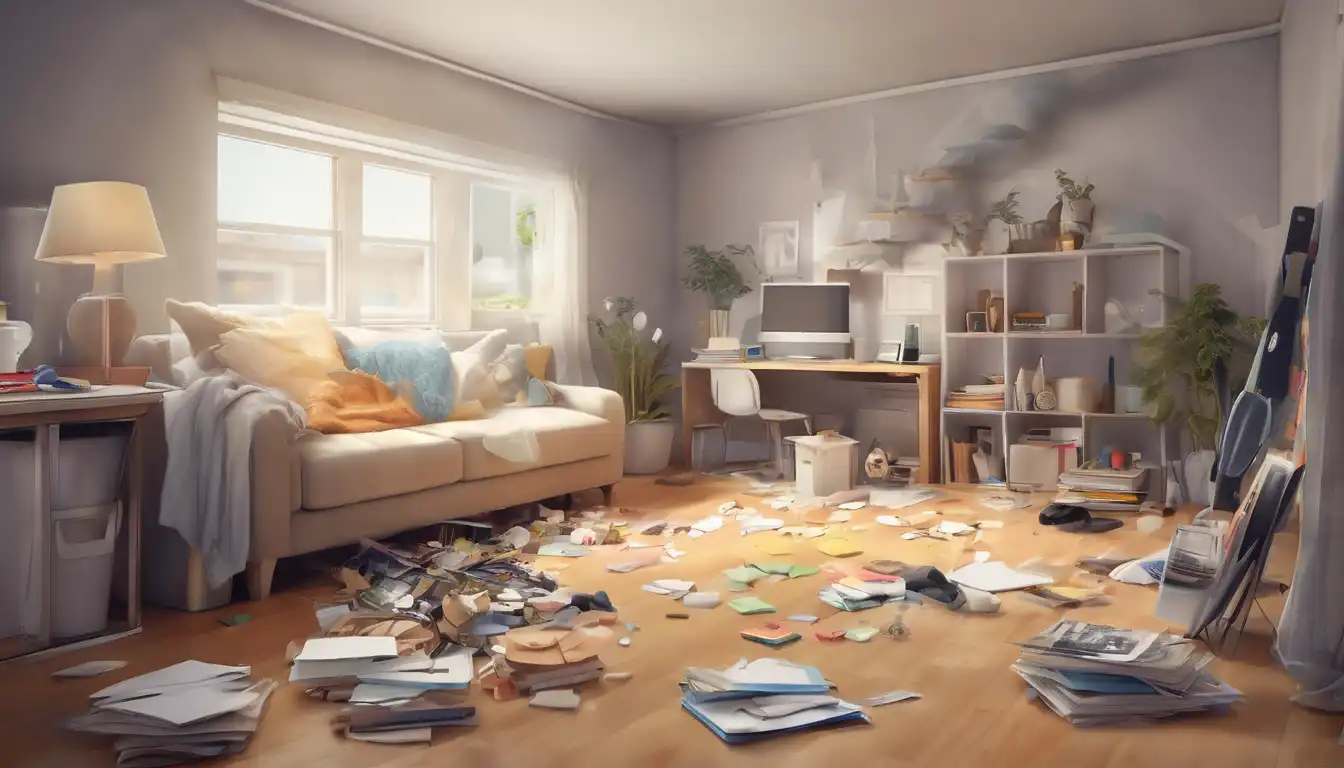Transform Your Space with These Quick Decluttering Methods
Living in a cluttered home can create unnecessary stress and make daily life more challenging than it needs to be. Many people feel overwhelmed by the thought of decluttering, but with the right approach, you can transform your living space quickly and efficiently. This comprehensive guide will walk you through proven strategies that make the process manageable and even enjoyable.
Why Quick Decluttering Matters
Before diving into the practical steps, it's important to understand why rapid decluttering can be so beneficial. A clutter-free environment reduces stress, saves time searching for items, and creates a more peaceful atmosphere. Studies show that organized spaces can improve mental clarity and productivity. By tackling clutter quickly, you prevent the problem from growing and maintain momentum in your organizational journey.
Preparation: Setting Yourself Up for Success
The key to quick decluttering lies in proper preparation. Start by gathering essential supplies: sturdy boxes or bins, garbage bags, labeling materials, and cleaning supplies. Set a realistic timeframe – even 15-minute sessions can yield significant results. Choose a specific area to begin, such as a single drawer or countertop, rather than attempting the entire house at once.
The Four-Box Method: Your Decluttering Foundation
This time-tested approach simplifies decision-making. Create four designated areas:
- Keep: Items you use regularly and genuinely need
- Donate/Sell: Quality items that no longer serve you but could benefit others
- Trash/Recycle: Broken, expired, or unusable items
- Relocate: Things that belong in other rooms
This system prevents second-guessing and keeps the process moving forward efficiently. For more organizational systems, check out our guide on effective home organization methods.
Room-by-Room Quick Decluttering Strategies
Kitchen Decluttering in 30 Minutes
The kitchen often becomes a clutter magnet. Start with countertops – clear everything off and only return essential items. Tackle one cabinet at a time, discarding expired foods and duplicate utensils. Ask yourself: "Have I used this in the past year?" If not, it's likely safe to donate or discard.
Living Room Speed Clean
Focus on surfaces first: coffee tables, entertainment centers, and shelves. Sort through magazines, remote controls, and decorative items. Implement the "one in, one out" rule – for every new item brought in, remove an existing one. This prevents future clutter accumulation.
Bedroom Clutter Busting
Begin with your closet using the popular reverse hanger method. Turn all hangers backward, and after wearing an item, return it with the hanger facing forward. After six months, donate anything still on backward hangers. For drawer organization, consider our drawer organization techniques that maximize space.
The 15-Minute Daily Decluttering Habit
Consistency beats intensity when maintaining a clutter-free home. Set a timer for 15 minutes each day to tackle small areas. Monday: junk drawer. Tuesday: bathroom cabinet. Wednesday: entryway catch-all. This regular maintenance prevents clutter from building up again.
Digital Decluttering: The Modern Necessity
Don't forget about digital clutter! Unsubscribe from unwanted emails, delete old photos, and organize digital files. A clean digital space contributes to overall mental clarity. Set aside time weekly to manage digital clutter alongside physical spaces.
Involving Family Members
Decluttering becomes easier when everyone participates. Create age-appropriate tasks for children and establish family rules about item acquisition and storage. Regular family decluttering sessions can become bonding experiences while maintaining household order.
Maintaining Your Decluttered Space
The real challenge isn't decluttering – it's staying decluttered. Implement these maintenance strategies:
- Designate specific homes for frequently used items
- Practice the "10-minute tidy" before bed each night
- Schedule seasonal deep-cleaning sessions
- Be mindful of new purchases – ask if you truly need items before buying
For ongoing support, explore our home maintenance schedules that keep your space organized year-round.
When to Seek Professional Help
If you're dealing with extreme clutter or emotional attachments to items, consider professional organizers or therapists specializing in hoarding behaviors. There's no shame in seeking help – the goal is creating a living space that supports your wellbeing.
Celebrating Your Success
After each decluttering session, take a moment to appreciate your progress. Notice how much easier it is to find things, how much calmer the space feels, and how much time you save daily. These small victories provide motivation to continue your organizational journey.
Remember that decluttering is an ongoing process rather than a one-time event. By implementing these quick strategies regularly, you'll maintain a home that supports rather than stresses you. The peace of mind that comes with an organized space is worth the initial effort, and with these techniques, that effort becomes surprisingly manageable.
Start small, be consistent, and watch as your home transforms into the sanctuary you deserve. For more advanced organizational strategies, visit our complete home organization resource center where you'll find detailed guides for every room and situation.
